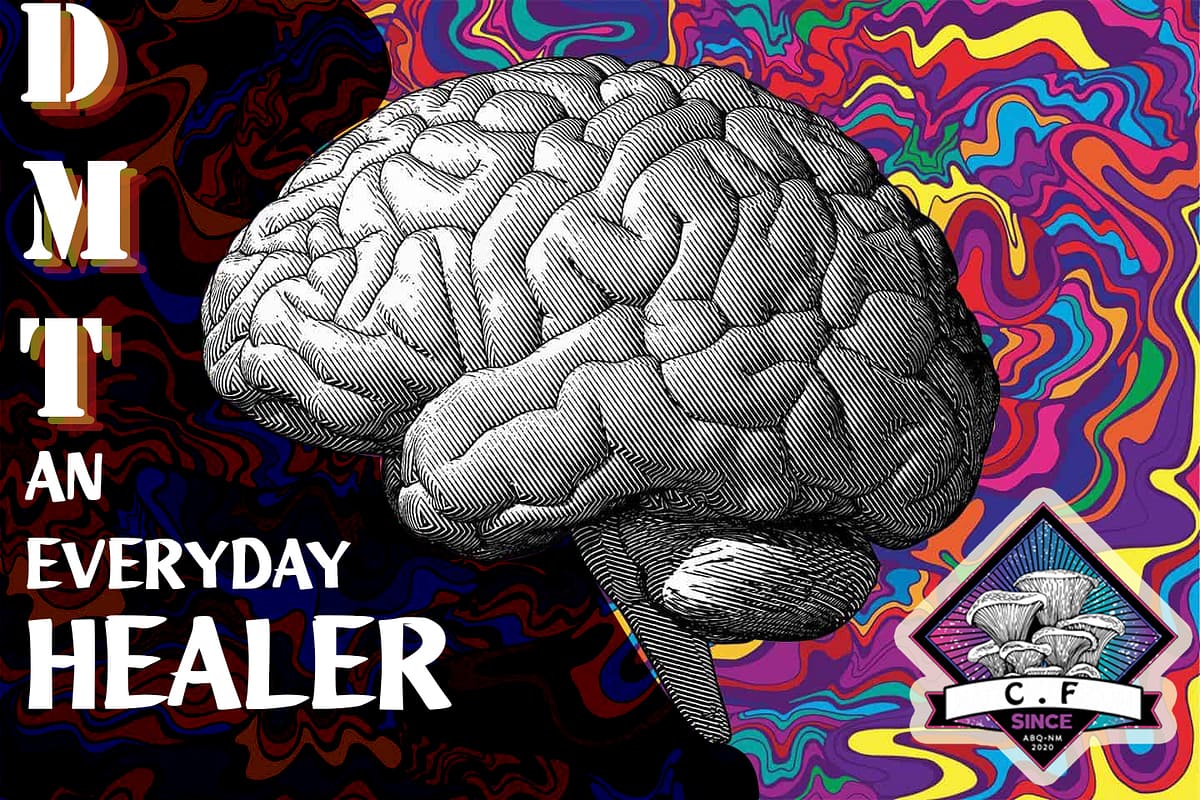psychedelics today, Style
DMT Facts: The Truth About DMT
DMT Facts: What Is N, N-Dimethyltryptamine?
CLICK HERE TO VIEW PRODUCT
N, N-Dimethyltryptamine is the full chemical name of a drug known as DMT.
DMT is a hallucinogenic tryptamine derivative that is currently a DEA Schedule I controlled substance.
DMT is a psychedelic substance. This indole alkaloid can naturally be found in some plant species in Mexico, South America, and parts of Asia. DMT may also be produced in a lab.
In its pure form, DMT is a white crystalline powder or solid. It can be a yellow, orange, or pink solid when it is not pure. When combined with ayahuasca, it can be a brownish-red liquid.
Some common slang names for DMT include; Dimitri, the spirit molecule, businessman’s trip, fantasia, and 45-minute psychosis.
It is often compared to other psychedelic drugs such as; LSD, ketamine, and magic mushrooms.
DMT has been used since ancient times, most commonly in ritual contexts. It has been around for thousands of years as part of South American shamanic ceremonies. For religious purposes, DMT is used to achieve higher spiritual consciousness.
How DMT Affects the Brain
DMT works by blocking the action of serotonin in the brain.
Tryptamines refer to a broad class of classical or serotonergic hallucinogens. Serotonergic hallucinogens are drugs that affect serotonin, which is a substance that acts as a neurotransmitter and carries signals throughout your body.
Serotonin regulates mood, digestion, sleep, and other important bodily functions. When serotonin levels in your body are too little or too high, it can negatively affect your mental and physical health.
DMT acts as a non-selective agonist at most or all serotonin receptors, specifically at the 5-ht2a receptor.
Stimulation of this receptor may help induce the hallucinogenic effects of DMT. At the same time, the serotonin produced inhibits both dopamine and adrenaline.
Dopamine is a neurotransmitter that is involved in neurological and physiological functions.
Dopamine plays a role in the brain’s “reward center” and impacts functions such as; memory, movement, mood, attention, and others.
The hallucinogenic effects of DMT differ depending on the way it is taken and the dose of DMT.
When DMT is taken alone, it is usually snorted, smoked, or injected.
The effects of DMT come faster when injected through the vein or muscle, as opposed to taking the drug orally.
When smoked, the effects of DMT may happen immediately. It is hard to determine how long it takes to reach peak effects when DMT is smoked.
When consumed as a brew in ayahuasca, the effects may take longer and peak around 2 to 3 hours.
When taken orally, DMT has to be combined with monoamine oxidase inhibitor (MAOI) to break down. An example of an MAOI is the ayahuasca vine. MAOIs intensify the pharmacological effects of DMT.
Side effects of DMT may include:
- Vivid hallucinations
- Depersonalization
- Distorted sense of time
- Increased/rapid heart rate
- Increased blood pressure
- Agitation
- Dizziness
- Pupil dilation
Does DMT Help Depression?
Because DMT is so strong, it can affect both your physical and mental health.
DMT works similarly to antidepressants, targeting the serotonin receptors in the brain.
How is DMT extracted?
A common method of extracting DMT utilizes a base such as lye dissolved in water. This base extracts DMT from a DMT containing the plant. Then, the extracted substance must be separated to ensure you are left with pure DMT. This usually uses Naptha mixed in the extraction to create two distinct layers, a clear layer and a darker one. The clear layer is the DMT and the dark layer is everything else that was extracted.
mimosa hostilis plant being one of the best source of raw materials for DMT production


